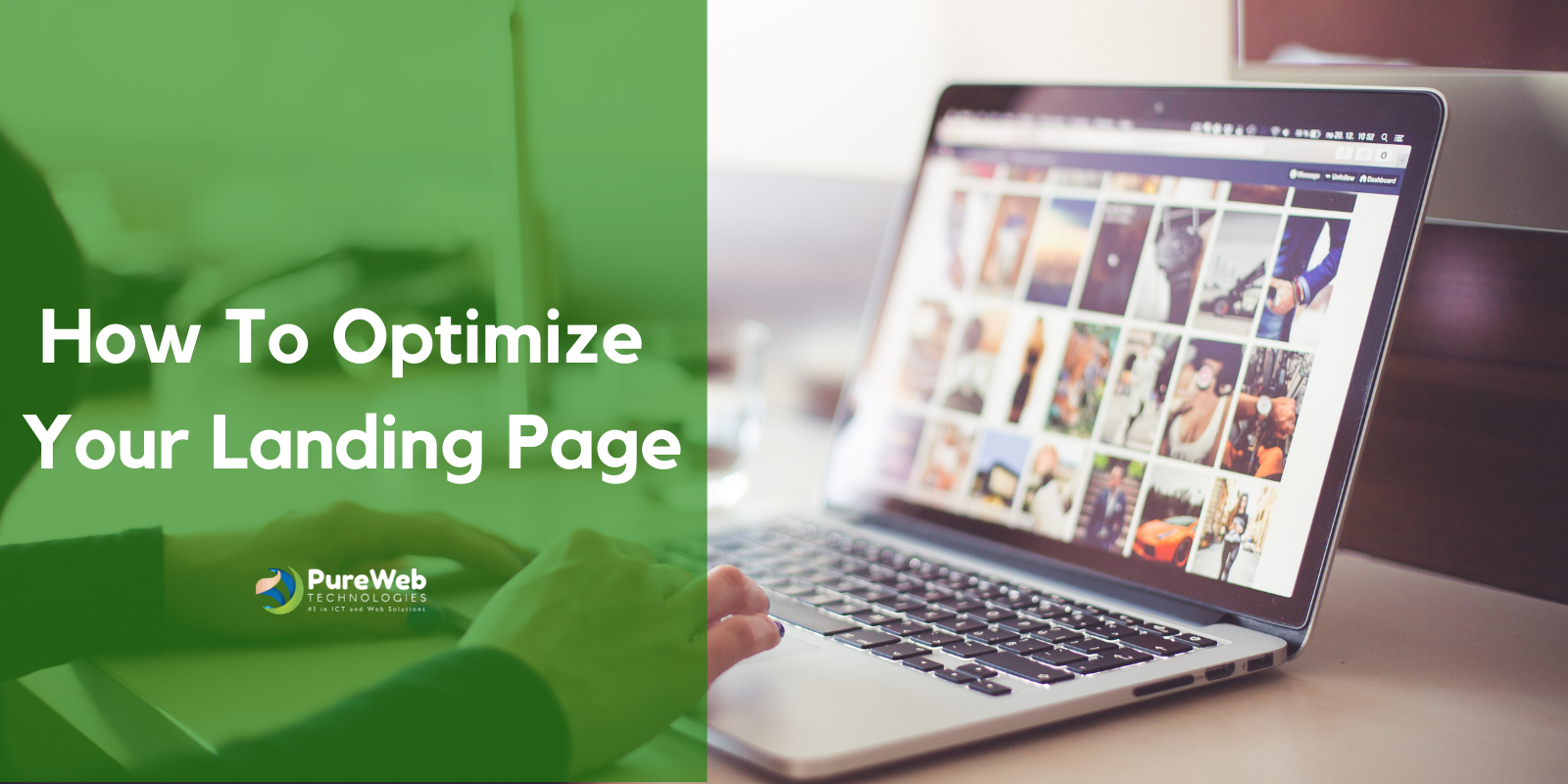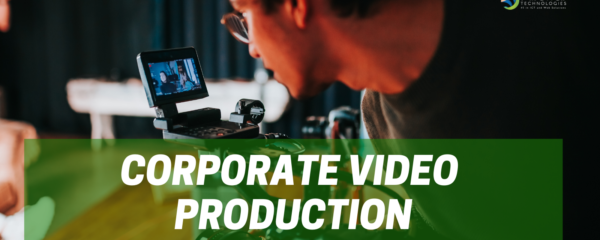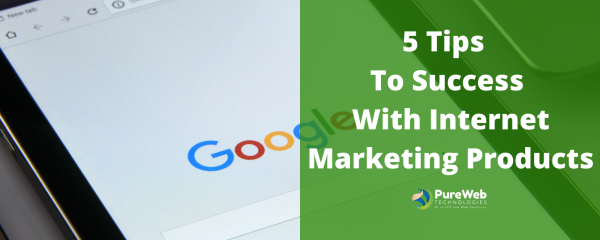
Landing pages are the foundation of great inbound marketing strategies. These pages literally serve as the location of your prospect “land” on your website. If you are trying to generate new leads or sell products online, landing pages are the place to that happen. And in a world where the average attention span online is about eight seconds, it is critical that our landing pages are optimized for instant conversion.
With such a short time to make your first impression, you need to ensure every piece of your landing page is well-planned and working correctly. In addition to that, many repeat visitors will come across your landing page. Optimizing your landing page will ensure these folks continuously see the information they expect, helping them become your brand advocates!
What Is A Landing Page?
Even in an intermediate guide, it is best to start with the basics. Let’s begin with a quick review of some core concepts in landing page optimization. A landing page is a web page that allows you to capture a visitor’s information through a lead form. It is where your visitor “land” after clicking on a call to action button. This is the crux of your inbound marketing strategy. It is the point on your conversion path where you collect the information that generates a lead.
As a rule of thumb, a landing page usually includes a compelling header, interesting copy, minimal navigation, and an optimized form. In addition to good design, a good landing page employs a great strategy. The best landing pages target a particular audience, such as traffic from an email campaign to promote a particular offer or visitors who clicks on a pay-per-click ad to promote a specific campaign.
It is important to build a unique landing page for each offer you create. You can build landing pages that allow visitors to download or opt-in to receive your content offers such as coupons, e-book, gifts or sign up for offers further down the funnel such as free trials and product demos.
Why Are Landing Page Important?
As I explained above, a landing page is where you capture your leads or sell your products. Therefore, designing an outstanding landing page experience is critical to effectively converting a higher percentage of your visitors into leads and sales. Landing pages make it much easy for your website visitors to receive an offer since they are taken directly to the offer itself rather than having to navigate around your website to find it.
Landing pages also help to clarify what visitors must do to receive your offer.The best marketing is about delivering the right information, to the right person, at the right time. That’s how you create marketing that people love. By directing your visitors to a landing page, the exact page with the offer, and the form they must complete to get it, you increase the likelihood that they will complete your form and convert it into leads.
Types Of Landing Page
Since landing pages play such a critical role in driving leads and consequently, revenue, many online marketing firms are building entire consulting arms with the sole aim of optimizing company landing pages. However, there is one thing you need to know. You need to know the type of landing page that suits your website. Landing pages come in three main flavors.
Main Site
The landing page might be part of your main corporate website. Such pages have the same navigation and page layout as all of the other pages on your site. The specific landing page might be buried several layers deep within your site organization, or it might be your home page.
Microsite
The landing page is part of a microsite specifically designed for a single audience or purpose. A microsite usually has one main call to action and all of the information on the site funnels the visitor back to this desired conversion action. A microsite usually contains a few pages of supporting information that allows a visitor to make an educated decision about the topic in question, and request further information or buy something.
Such information includes a detailed description of your product or service, buying guides or wizards, downloadable whitepapers, comparison to similar products or services, case studies, testimonials, and other validation. A microsite can be branded as part of your main company or can have its own stand-alone brand.
Stand-alone
Some web pages are specifically designed for a particular marketing campaign. Such pages usually have specific information related only to the offer or action that you would like your visitor to take. Usually there is a clear, single call to action. If the desired action is not taken, stand-alone landing pages may employ an exit pop-up window with a secondary desired action, or a repeat of the original call to action.
The type of landing page that you deploy is largely dictated by your traffic source, as well as the type of product or service that you offer. Ideally, your traffic can be specifically directed to a particular page and tracked in significant detail. For example, a PPC campaign allows you to specify the exact landing page for each keyword. This information can be tracked through the conversion process, and allows you to calculate the ROI at the keyword level.
Such traffic should generally be directed at goal-oriented, stand-alone landing page. The advantage of stand-alone landing pages is that they are targeted. They do not overwhelm your visitor or distract them with irrelevant information. This usually result in the best bang for the buck and the highest conversion rates.
Understanding Your Landing Pages
So now, what parts of your site are mission-critical? Mission-critical activities on your sites can easily be identified. All you have to do is ask yourself the following question. Does the content create a meaningful transaction or deepen your relationship with the visitor? A meaningful transaction does not have to be your ultimate conversion goal. It can be a small incremental step that creates psychological momentum toward that goal.
Deepening your relationship means that you have been given a higher level of trust by the visitor. Tangible evidence of this includes spending more time on important parts of your site. So does increased page views of key content. Of course, the most important indicators are the sharing of information by filling out forms, calling or chatting; downloading written materials or computer programs; signing up for free trials and promotions or actually buying something.
Besides, this will be an important question that you will need to ask yourself which is, who is your target audience? Your business attracts a number of possible visitor classes to your site. These may include prospects, clients, current business partners or investors. The usual practice is to provide a comprehensive view of your company and to give each of these visitor classes equal billing.
The company is often portrayed along product lines or as client-facing functional departments. Your landing page should be modified to best serve the mission-critical visitor classes. Everyone may want real estate on the home page, but they do not necessarily deserve it in equal measure. Conversion actions are measurable events that move a visitor toward the mission-critical activities that you have identified. Examples of conversion actions along with their measurement and efficiency metrics follow.
Advertising
This includes advertising online, such as banners, text ads and sponsor links. Measuring advertising effectiveness usually involves tracking the number of times that an ad was seen or clicked on. Another measure is the average advertising revenue per page view for alternative ad page layouts.
Education
Some websites have ultimate conversion steps that require a lot of up-front education. They provide resources and online guides to fully explain their products and services. If education of visitors is your primary goal, the key metrics are the time spent on your educational pages and the number of page views.
Purchase
Many companies measure sales efficiency by looking at their sales conversion rate, or their shopping cart abandonment rate. In many circumstances, the revenue per visitor and profit per visitor are more useful metrics. For example, if you sell multiple products at widely varying prices, you can bias the mix of products that you sell intentionally.
This may mean that you choose to lower your sale conversion rate to focus on higher-ticket items. Conversely, you may seemingly raise your sales conversion rate by emphasizing smaller-ticket items. The merit of the trade-offs involved in such situations can be evaluated by focusing on the revenue per visitor metric.
Understanding Your Audience
We are all familiar with the Golden Rule: “Do onto others what you want others do onto you.” This ethical guidepost exists in many variants the world’s major philosophies and religions. But it is missing an essential component by presupposing that everyone is the same. Moreover, it makes your behavior and beliefs the standard by which all conduct should be judged and measured.
“Do onto others as you would have you do onto them.” The Platinum Rule, by Dr. Tony Alessandra. I ran across this more powerful formulation at a sales training workshop many years ago and it resonated deeply for me. Here was the missing component: empathy. People are not all the same. If we want to understand them, we should try to step outside of our own needs and experience the world from their perspective.
Like a solid news report, you must understand the basics of the story and be able to articulate the following particulars about your audience. Let me further explain.
Who Is Your Audience?
The who of your audience is defined by their demographics and segmentation. Because you can’t meet every visitor tour our site in person, you are limited to use aggregated information. You understand the traffic source hitting your website and the specific landing pages. Exclusive information is also available about these visitors and their behavior.
From a landing page optimization perspective, it is important to exactly determine what subset of your traffic will be used for the test. You should pay particular attention to its stability and consistency over time.
Where On Your Website Does The Interaction Occur?
As you learned in the previous chapter, the “where” of your landing page optimization test should occur on your previously identified mission-critical landing pages. Sometimes there may be an offline call-to-action such as a phone call or an in-store sale, but the mechanism for it (e.g., displaying a special dedicated toll-free number, or creating a printable coupon for redemption in a store) is still part of the website.
When Do Your Visitors Make Their Decision?
The when should be seen not as a specific time event, but more generally as a position in a decision process. Some visitors feel a vague unease about a concern that they may have but have just begun to look around and try to formulate a response to their problem. Others know exactly what they want, and may only be concerned with completing whatever transaction is required to obtain their specific product.
Why Do Visitors Behave The Way They Do?
You do not have intimate and accurate information about your individual visitors. The “why” can be understood by imagining the categories of behavioral styles.
What Is The Task That You Are Asking Them To Complete?
The “what” is the specific task that your visitor is trying to complete on your website.
How Does Your Site Operate In Order For Visitors To Complete Their Tasks?
The “how” is the actual design of your website or landing pages. It is the medium through which each task must be accomplished. Specific page elements include layout, organization, and emphasis of key information, text copy, the call-to-action, and hundreds of other factors. All of them combined to influence the effectiveness of your landing page.
Information about your site visitors comes in two main flavors: objective and subjective. Because almost everything on the Internet can be logged or recorded, it provides a wealth of objective information. The goal of the effective online marketer is to determine which specific metrics are good predictors of success and to monitor them properly to focus your programs in the right direction.
As with all numeric information, you should treat demographics with proper respect and be aware of the following issues:
Data-gathering Methods And Limitations
Depending on the exact technology used, software packages will track the activities of your visitors differently and come up with different numbers for the same metrics. Be aware of the limitations of the software that you choose.
Gathering Enough Data
Many online marketers do not wait to gather enough data before making decisions. Just because one out of the first four visitors to your website bought from you, it does not mean that you have a 25% conversion rate to sales. Wait to gather enough data to get statistically valid answers.








